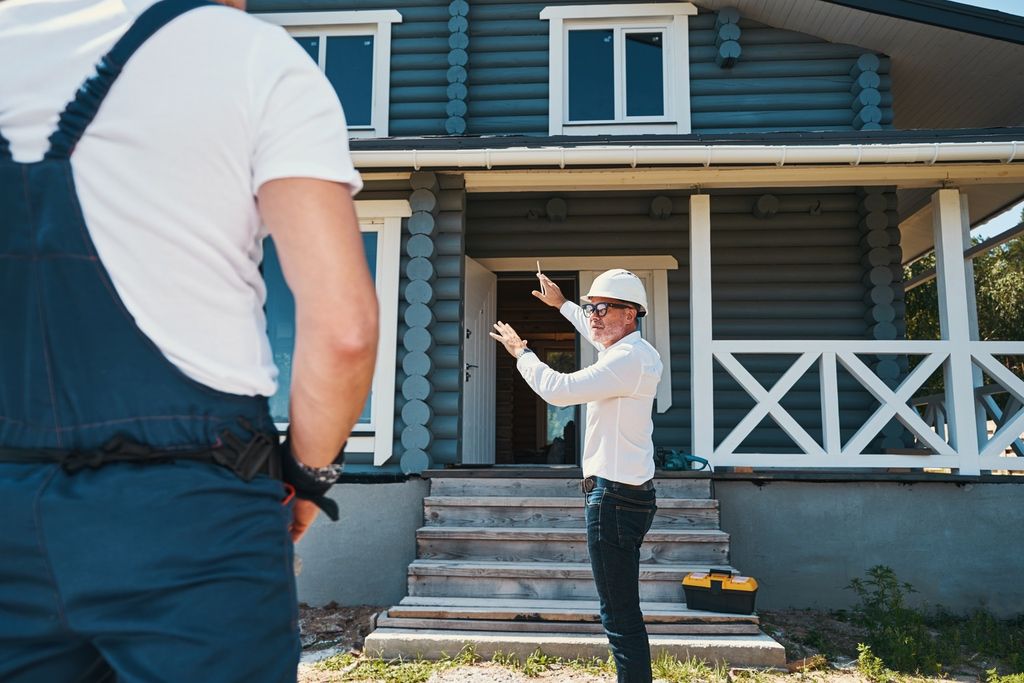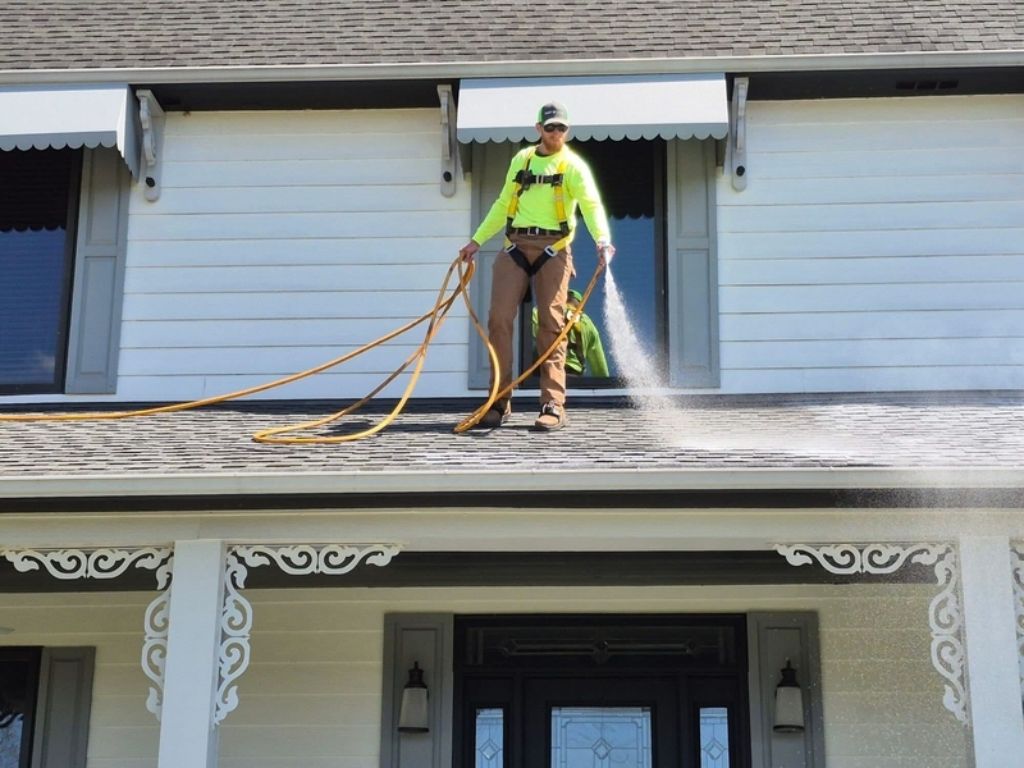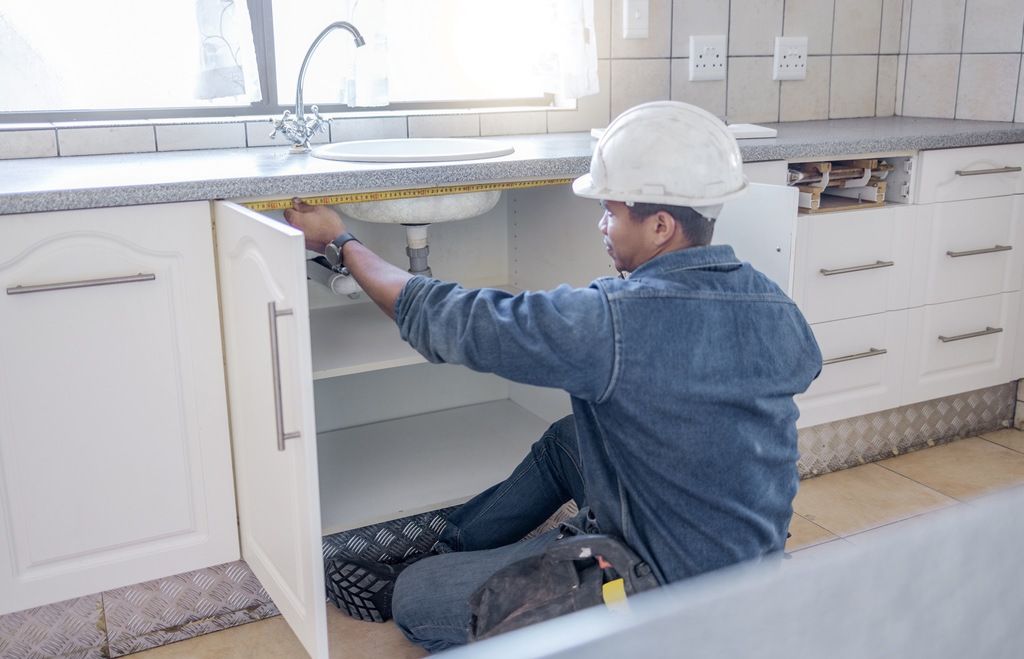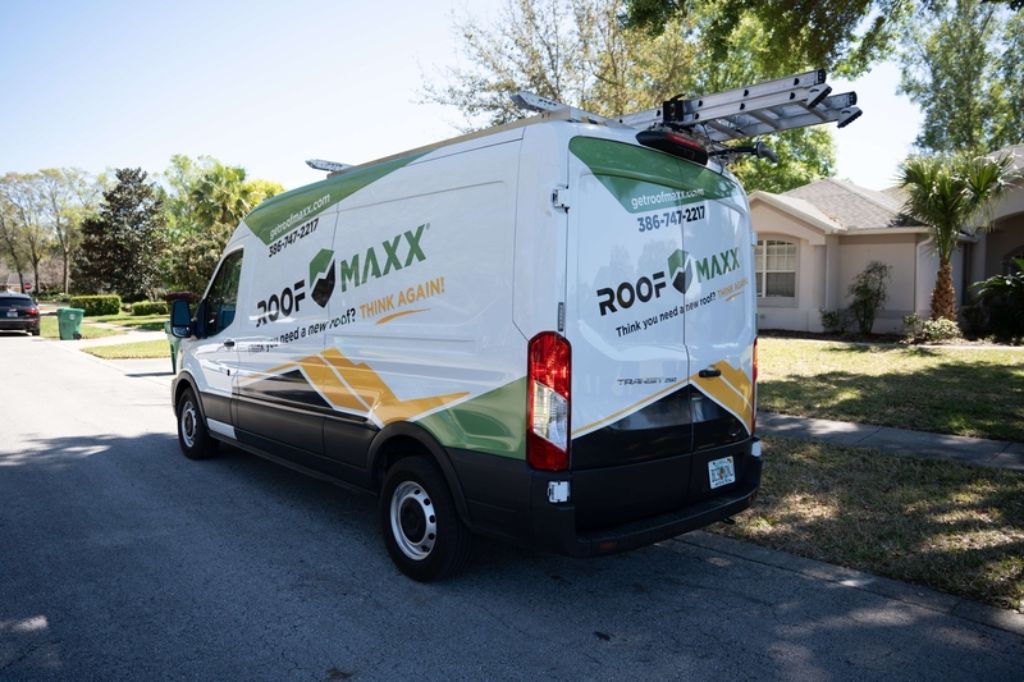If you own or manage real estate investment properties, you already know how quickly maintenance costs can eat into your returns. But neglecting to do maintenance at all isn’t the answer—unless you want emergency repairs, unhappy tenants, and depreciating property values for some reason.
With homes, as with nearly any other major investment, the trick to saving money is to be proactive about maintenance. Schedule routine inspections to catch issues when they’re still small, then choose efficient methods to resolve them.
We developed Roof Maxx to help property owners preserve asphalt shingle rooftops at a fraction of the cost of total roof replacement—so we know a thing or two about maintenance that saves you money. Below, we share three strategies to help you reduce expenses while keeping your portfolio in shape and ready to show.

Before we talk about any other strategies, it’s critical to make sure you’re taking care of the basics. If you’re not inspecting your properties and doing basic maintenance on a regular basis, no amount of clever products in the world will save you from preventable disasters.
Home inspections should never be treated as optional. Think of them as your early warning system. Scheduling them routinely allows you to catch small issues before they turn into costly repairs. This is especially valuable in investment properties, where damage can go unnoticed between tenant turnovers.
If you’re checking the condition of your place once a tenant has moved out, here are some of the most common signs of damage to look for:
According to HomeAdvisor, fixing a roof leak can cost up to $2000, but smaller repairs are often much less expensive. So while inspections might seem pricey at first, they can save thousands in deferred damage over time.
Here are just some of the tasks all property managers should schedule regularly to reduce long-term costs and extend the life of their buildings:
Doing these things keeps your tenants happy and helps your properties last longer. Now it’s time to talk about how you can save money on some of the most important tasks.
One of the most important principles of property management is that if something can be fixed instead of replaced outright, it usually should be. That’s not just because it’s usually more affordable (although it is)—it’s also because older fixtures and systems tend to benefit from higher-quality workmanship than new ones.

Roof shingles are a great example of both points. Roof replacement is expensive and disruptive—especially if you manage multiple properties. The cost to replace a typical asphalt shingle roof in the U.S. can easily be between $20,000 to $30,000. That’s a massive expense, especially if the roof isn’t structurally compromised but simply aged.
And shingles aren’t what they used to be, either. Shingle prices have been rising steadily for years, but their thickness and durability have been decreasing at the same time. So not only is roof replacement an expensive proposition; it’s also going to put a product on your property that’s worse than the one you already have.
Roof Maxx offers a smarter option: a soy-based treatment that restores the flexibility of aging asphalt shingles. It costs up to 80% less than a full replacement and can extend the life of a roof by 5–15 years. And better yet, it lets you keep the high-quality shingles you already have.
In a case study by Ohio State University, Roof Maxx-treated shingles lost 46% fewer granules and became 60% less permeable. You can learn more about the lab tests conducted on Roof Maxx here.
If any of your investment properties meet the following criteria, Roof Maxx might be a better choice than fully replacing the roof:
This is just one example. The moral of the story is, you don’t always need to jump to replacing things. It’s often possible—and better for your bottom line—to restore, repair, or rejuvenate instead.

Federal and local governments offer numerous tax breaks and rebates for sustainability improvements—and real estate investors often underutilize them. Here are some programs you should be aware of if you aren’t already familiar with them:
Under Section 179D of the Internal Revenue Code, commercial property owners and eligible designers may be able to deduct the cost of qualified energy-saving upgrades.
From 2023 onward, the 179D deduction has been available to:
To qualify, the upgrades must be certified and installed in a building located in the US—and part of an effort to reduce energy and power costs by 25% or more compared to a similar building that meets baseline efficiency requirements (as outlined in ASHRAE Standard 90.1).
Qualifying systems include:
The amount of the base deduction range, depending on the year of the system and whether or not prevailing wage and apprenticeship requirements met. You can view the current numbers here.
Many states and municipalities offer unique rebates for eco-friendly roofing, insulation, and HVAC upgrades. The DSIRE (Database of State Incentives for Renewables & Efficiency) is a comprehensive tool to search available programs by ZIP code.

We mentioned preventative maintenance earlier—but whether you’re getting routine work done on your properties or planning a major job, the way you deal with contractors can make or break your margins. Here are some principles to keep in mind for managing these relationships:

When you’re managing real estate investment properties, every dollar counts—and every decision has downstream consequences. Replacing a roof prematurely, skipping inspections, or missing out on tax incentives can erode your margins faster than you think.
But if you:
…you’ll protect your properties, your tenants, and your bottom line.
Want to get more life out of your roofs and save thousands on capital costs? Contact a Roof Maxx dealer near you for a free estimate and learn how our roof rejuvenation solution can help your portfolio stay strong.
With our five-year, transferable warranty, you’ll enjoy the peace of mind that your roof and entire home are protected.